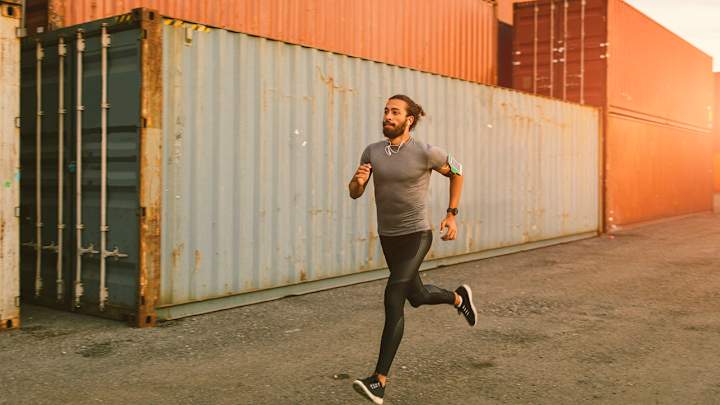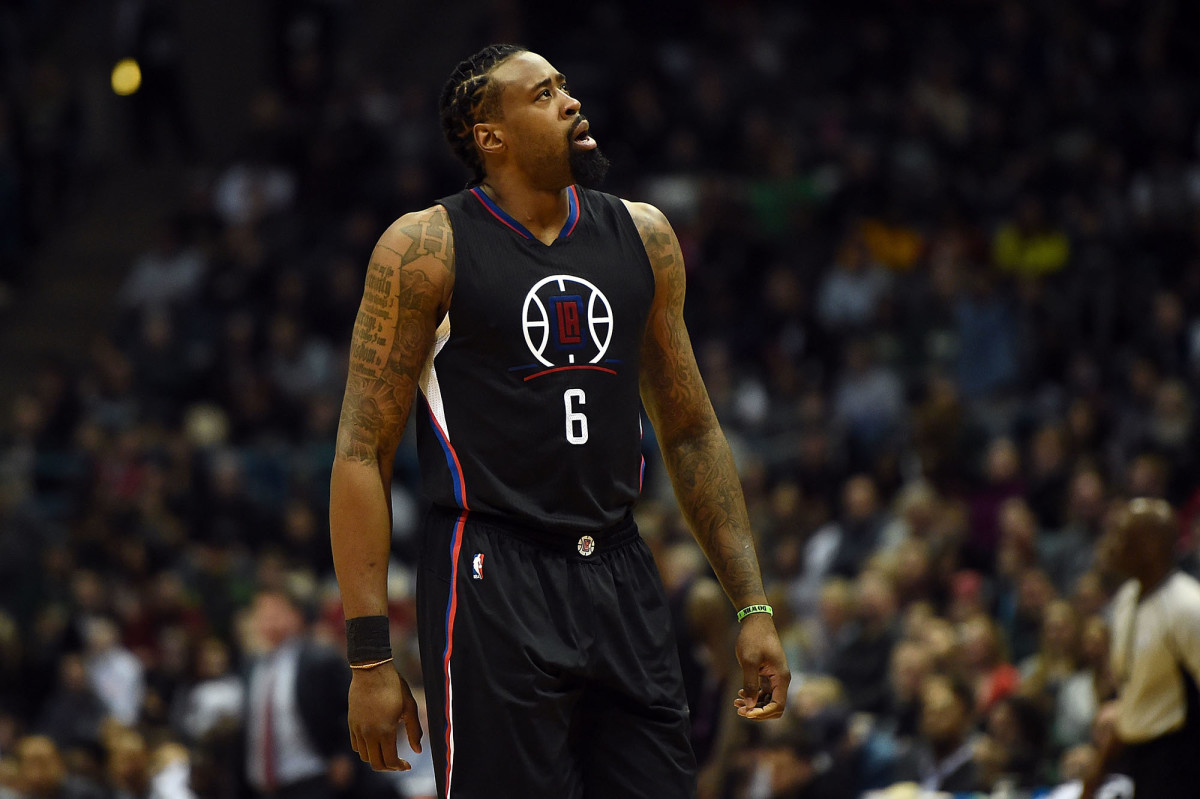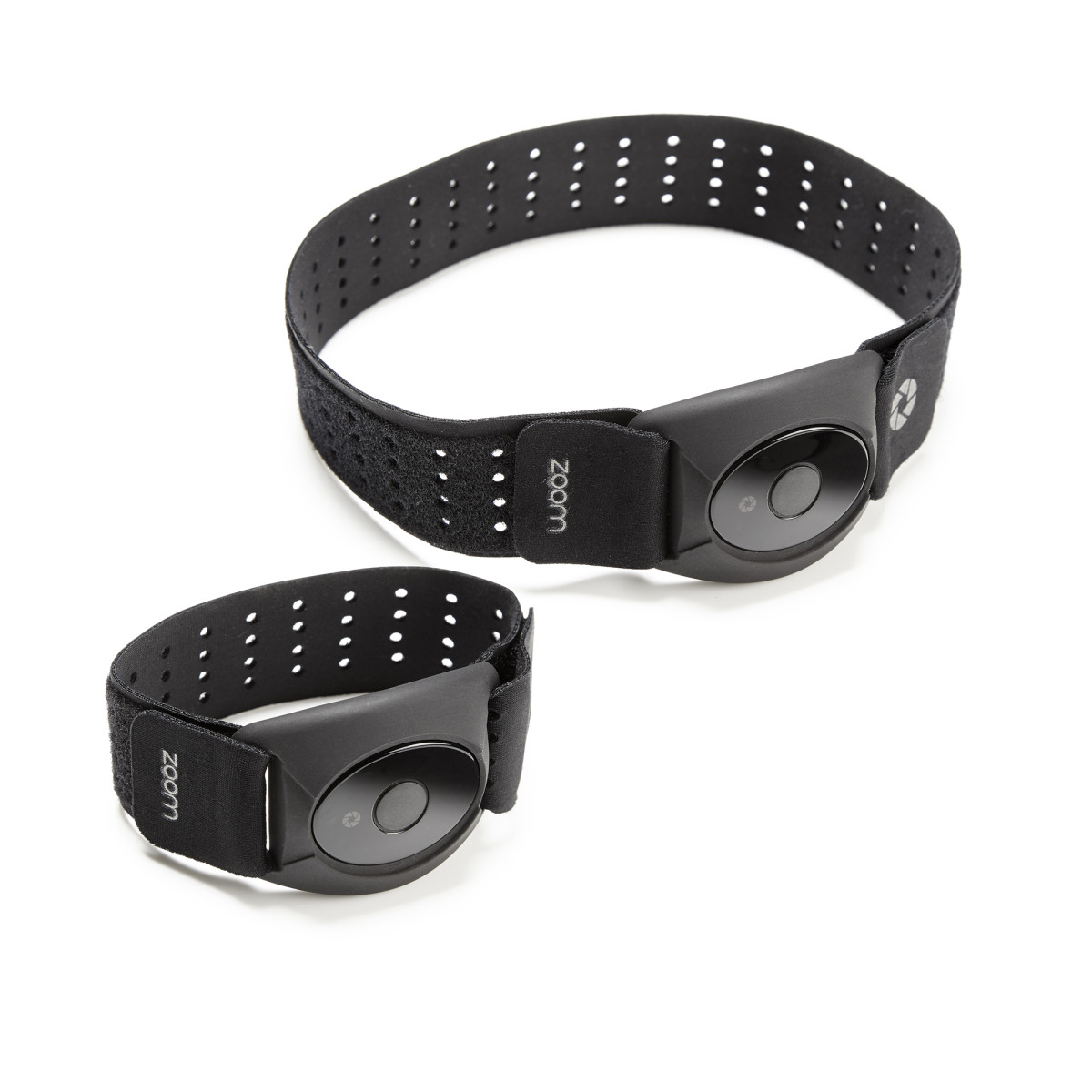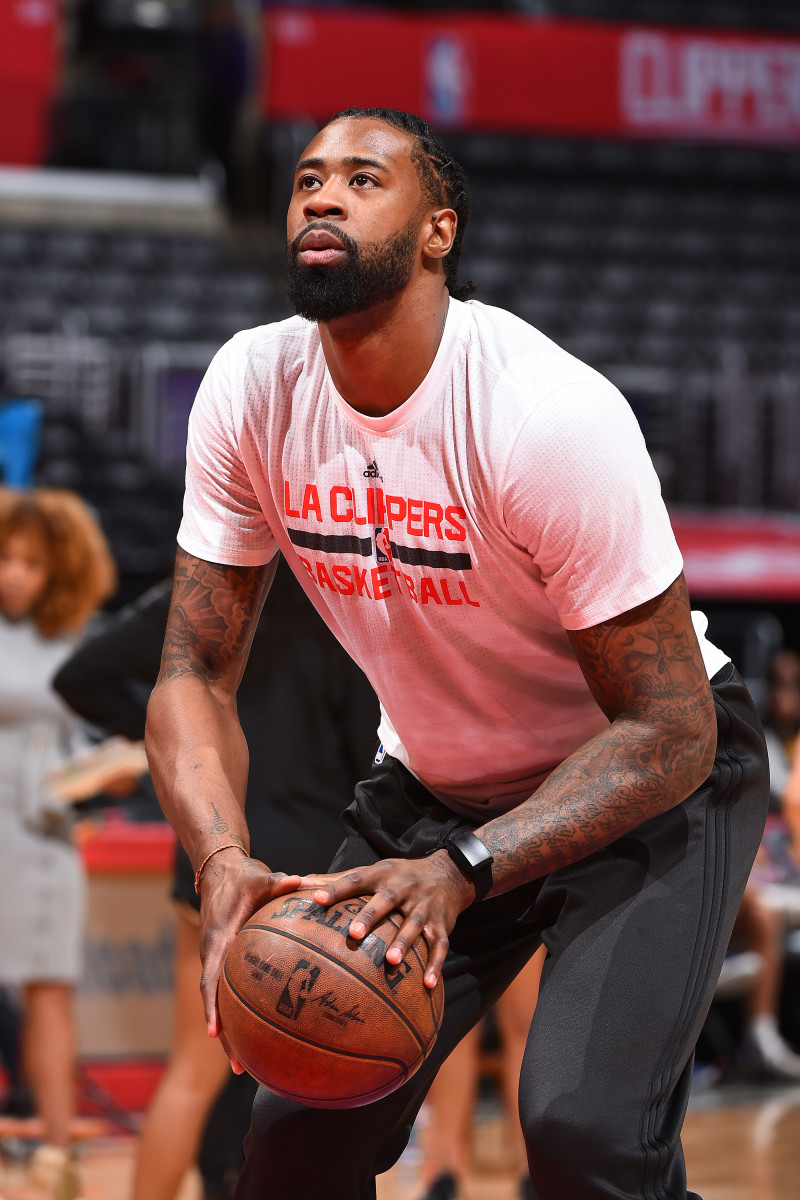How measuring heart rate variability could make you a better athlete

Fans might feel let down when they buy pricey tickets to a sporting event, only to see their favorite star player sit on the sidelines for the duration of the game. But the players suffer too, as many unwillingly become spectators—not because of injury, but due to the need for rest and recovery.
For some athletes, this part of training can feel like the most difficult. Ignore recovery, though, and the result might be season or career ending.
Fatigue is a key factor in injury risk, and so teams invest time in trying to gauge how recovered their athletes are after hard workouts. One way to determine that is to assess heart rate variability, a measure of how much the time interval between heartbeats changes. A new wearable made by LifeTrak called ZoomHRV is aiming to bring that analysis to consumers.

HRV has already become a standard measurement in pro sports. In 2016, Cavaliers guard Matthew Dellavedova got in trouble with the NBA for wearing a wrist strap device called Whoop during games. Last month, Clippers center DeAndre Jordan revealed that the black sweatband he’d been wearing in a game against the Knicks on Feb. 6 was concealing his own Whoop band. Why risk the ire of the league? Because recovery is important—one of the metrics that Whoop measures is heart rate variability.
A person’s heart rate is controlled by their autonomic nervous system, which has two competing branches, the sympathetic and parasympathetic. The former, sometimes called the fight or flight response, works to increase heart rate, and the latter works to slow it down. When these two branches are balanced, there will be significant variation from beat to beat. The rate will increase under sympathetic control then decrease under parasympathetic. However, in situations of stress or fatigue, the sympathetic begins to dominate, both increasing overall heart rate and decreasing variability. Lower HRV has been linked to increased risk of developing heart disease or suffering a heart attack.
“The higher the score, the more recovered you are,” says Mike Hosey, president of LifeTrak. “The lower the score the more fatigued your body is, and the more rest you need to have.”

ZoomHRV’s biggest advantage over Whoop might be price—$139 (amazon.com) vs. $500 (whoop.com), although Whoop includes some additional sensors. However, the physical design of ZoomHRV is unique, too. The oval-shaped device can be inserted into a watchstrap and worn on the wrist, but also fits into straps that can be worn on the upper arm or ankle. It is also completely waterproof, so can be used during swimming. All of that means ZoomHRV can be worn 24/7.
Sports scientists will normally have athletes wear a chest strap and lie still for several minutes in order to measure heart rate variability. Locating the sensor as close as possible to the heart is likely to be more accurate, but “nobody really likes wearing a chest belt, they’re uncomfortable,” Hosey says. Which is why players only wear them for tests or workouts. “The thought of [wearing one all day long] is not appealing.”
Because ZoomHRV is designed to be worn continuously, it can measure HRV unobtrusively. Up to three times a night during sleep the device switches on and runs a three-minute analysis, using LEDs and light sensors to detect each heart beat by the change in the light absorption of the skin. When you wake up and sync the device with your phone, it’ll give you a variability score, or VScore, that predicts how recharged you are.
The sort of long-term analysis that ZoomHRV offers can help make data far more useful and personal.
“If you monitor your athlete over time, you can get a sense of what their heart rate variability is,” says Arthur Weltman, the chair of the kinesiology department at the university of Virginia. “[Or] what’s a healthy or a good level for them.”

Weltman doesn’t work with LifeTrak, but has been sent several devices to demo. UVA does, however, use HRV analysis with its varsity sports programs, including men’s basketball. During the college basketball season, when teams often play two games over the course of three days, determining how much players can practice on the off day is important.
“If somebody’s played 38 out of 40 minutes, and their readiness score says they haven’t recovered yet, we might choose to limit their practice time,” Weltman says.
HRV analysis might not be able to tune up an MVP’s skills, but if it kept them fitter for longer, guaranteeing their appearance in more games, that alone might be a daunting prospect for opponents. So don’t expect ZoomHRV to make you a better baller, but perhaps it’ll help you outlast your gym buddies.
